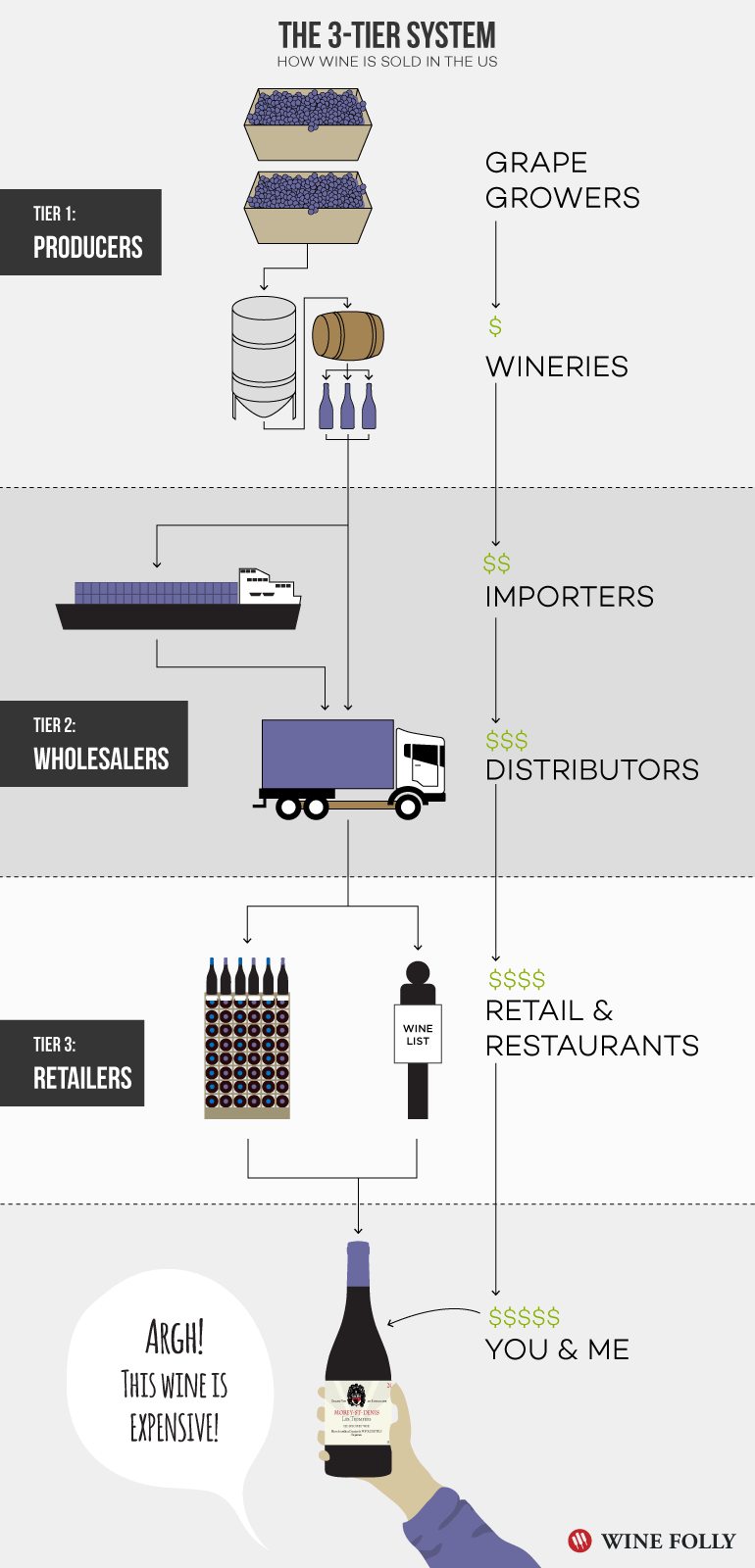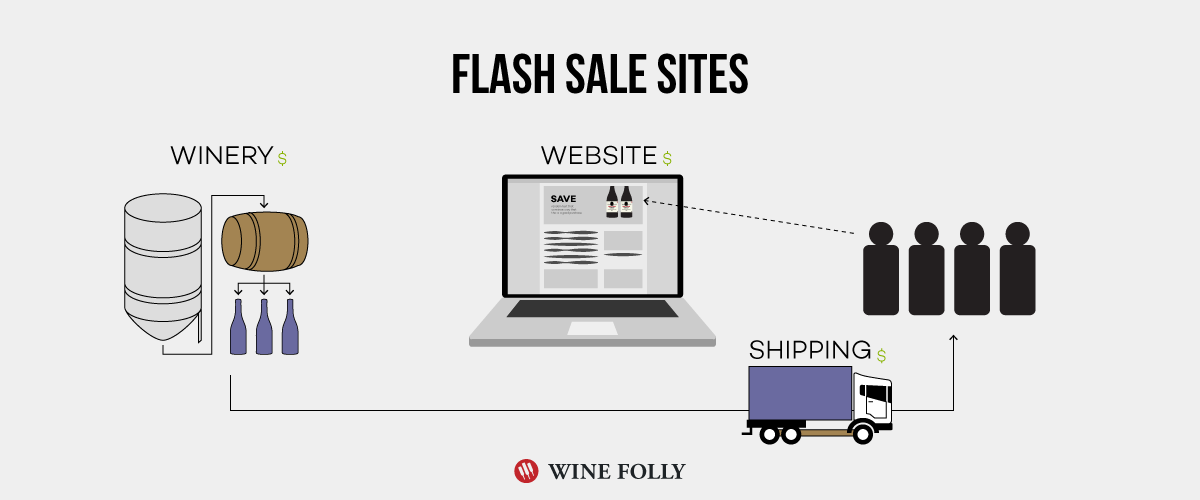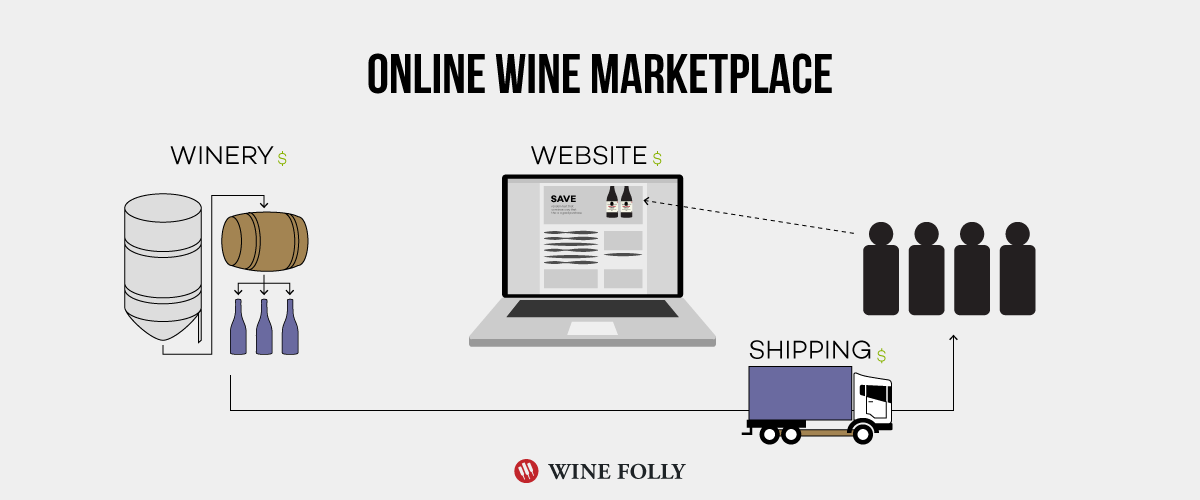The wine you buy in America passes through several hands before it reaches your glass. This process, called the Three-Tier System, was created nearly a century ago, and it’s starting to show its cracks.
What Is The Three-Tier System?
The Three-Tier system of alcohol distribution in the U.S. involves producers, distributors, and retailers. Each step adds cost to the final bottle. Originally designed after Prohibition to regulate alcohol consumption, the system persists to this day.
Purposefully Inefficient
The Three-Tier System was intentionally designed to slow down and control alcohol sales. It emerged in the wake of the American Antitrust Act of the 1890s and was structured to:
- Increase the base price of alcohol to discourage overconsumption.
- Prevent monopolies by limiting the influence of large producers.
- Encourage competition by ensuring no single entity controls the entire supply chain.
Despite these well-meaning goals, the system has created unintended consequences, especially for small, quality-focused producers.
Bulk Wine Markup vs. Quality Wine Markup
Markup percentages from distributors and retailers are based on the bottle’s cost, meaning higher prices multiply as they move through the system. Since small wineries often operate with higher production costs, their wines face a steeper uphill battle in pricing.
Retail Wine Prices vs. Restaurant Wine Prices
Not all markups are created equal.
Restaurants typically apply a higher markup than retailers, especially on premium bottles. That means a $20 wine at a store might cost $50 or more at your favorite restaurant.
The Internet Is Disrupting the Three-Tier System
Online wine sales have exploded into a multi-billion-dollar industry. While some states still block direct shipping, the landscape is shifting.
Direct shipping gives consumers better access to a wider range of wines, often at lower prices. This trend is chipping away at the traditional Three-Tier System.
Wine Flash Sale Sites
Websites like Cinderella Wine, Firstleaf, Wine Still Sold Out, Garagiste, and Wine Access can offer significant discounts.
These platforms negotiate directly with wineries and pass on the savings to their large audiences. Thanks to high volume, you can score exceptional wines at prices well below retail.
Online Wine Marketplaces
Online marketplaces have transformed how consumers discover and buy wine. Platforms like Wine.com, Vivino, and Total Wine offer vast selections, customer reviews, and competitive pricing—all in one place. These digital storefronts often work within the Three-Tier System but streamline access to hundreds (sometimes thousands) of wines that might be hard to find locally.
For consumers, this means more choice, price transparency, and the convenience of home delivery, especially in states with flexible shipping laws.
Winery Direct and Importer Direct
More wineries and importers are now selling directly to consumers, bypassing traditional distribution channels when state laws allow it. This DTC (direct-to-consumer) model allows small producers to maintain better margins and offer personalized experiences, like wine clubs and limited releases.
Importers have also gotten creative, offering curated selections or seasonal packs shipped straight to your door. These models cut out the middlemen, often resulting in better value for drinkers and more visibility for boutique producers that might otherwise be overlooked.






